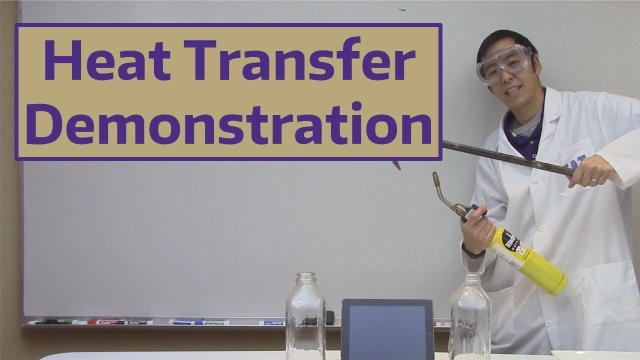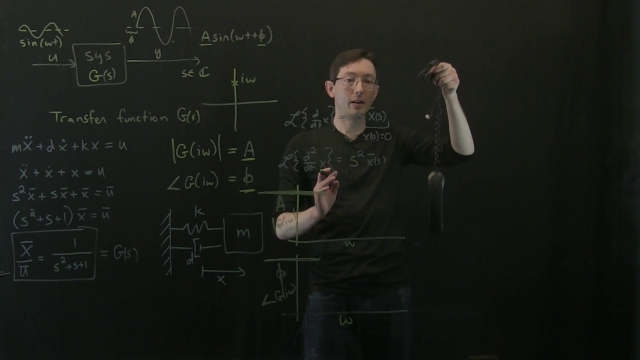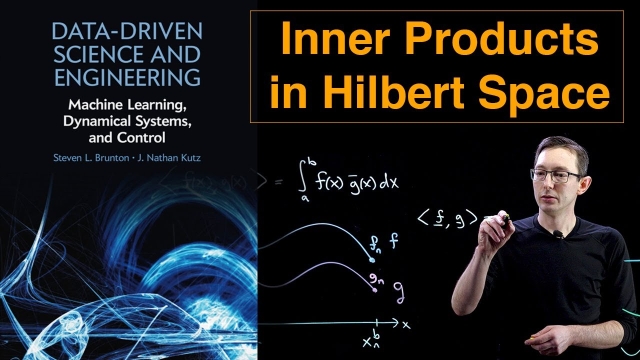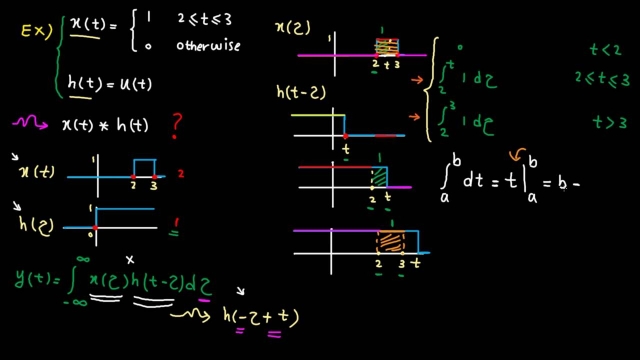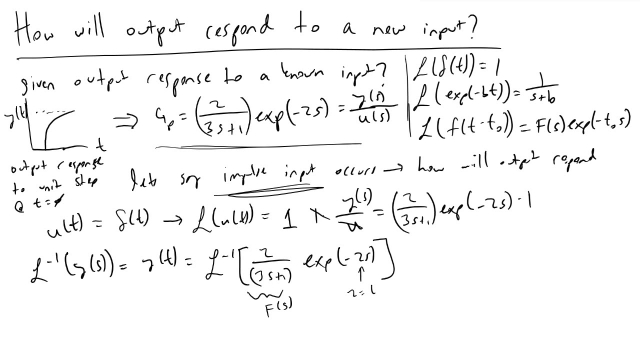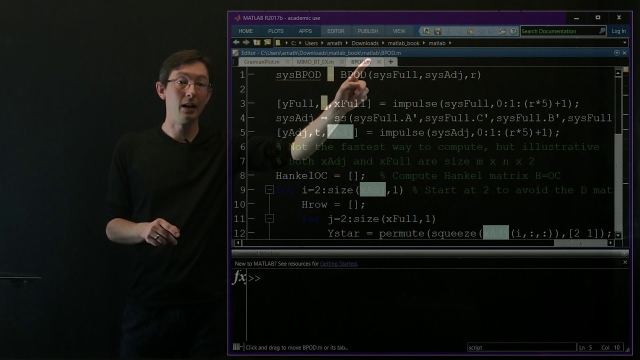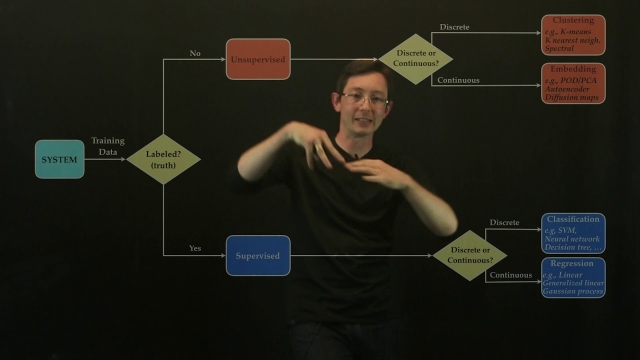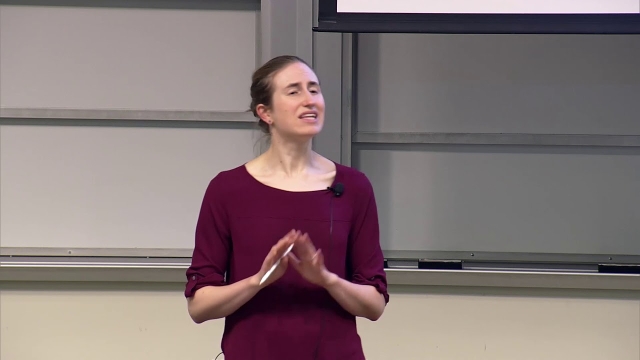
Predicting Second Order Transfer Function Behavior
Given a second order transfer function, I'll cover how we can predict the system behavior and derive the appropriate time constants and damping coefficient.
See MoreDrone Simulation and Control, Part 3: How to Build the Flight Code
This video describes how to create quadcopter flight software from the control architecture developed in the last video. It covers how to process the raw sensor readings and use them with...
See MoreStandard HW Problem #1: PID and Root Locus
A walk through of a typical homework problem using the root locus method to tune a PID controller. This is the first in what may be a series of homework style problems I'll cover. This is...
See MorePeter Ponders PID - KalmanFilters, Alpha-Beta-Gamma filters
Standard 2nd Order ODEs: Natural Frequency and Damping Ratio
In this video we discuss writing 2nd order ODEs in standard form xdd(t)+2*zeta*wn*xd(t)+wn^2*x(t)where zeta = damping ratio wn = natural ...
See MoreFinal Value Theorem and Steady State Error
This Final Value Theorem is a way we can determine what value the time domain function approaches at infinity but from the S-domain transfer function. This is very helpful when we're trying...
See MorePeter Ponders PID - System Identification Advanced
Euler Angles and the Euler Rotation Sequence
In this video we discuss how Euler angles are used to define the relative orientation of one coordinate frame to another.Topics and Timestamps:0:00 – Introd...
See MoreThe Discrete Fourier Transform (DFT)
This video introduces the Discrete Fourier Transform (DFT), which is how to numerically compute the Fourier Transform on a computer. The DFT, along with its fast FFT implementation, is one...
See MoreThe Root Locus Method - Introduction
This Root Locus method is a fantastic way of visualizing how the poles of a system move through the S-plane when a single system parameter is varied from 0 to infinity. I show how to...
See MoreUsing ‘minreal’ in Matlab to Perform Transfer Function Pole/Zero Cancellatio...
In this tutorial we look at using the ‘minreal’ function in Matlab to perform pole/zero cancellation from transfer functions.Topics and time stamps:(0:10) – ...
See MorePosicast Control - 1 ( In English)
This video is an introduction to a learning journey about Posicast Control structured as follows: - Preface - Motivation - Introduction to Posicast Control - Half-Cycle Posicast
See MoreLecture 3: Electrical and Mechanical System Transfer Functions
Singular Value Decomposition (SVD): Matrix Approximation
This video describes how the singular value decomposition (SVD) can be used for matrix approximation.
See MoreStandard HW Problem #2: Which is the real open loop transfer function?
In this video, we’ll go through another standard homework problem so you can see how you can apply many of the things you’re learning into a single problem. The question is, we have two...
See MoreLecture 7: More on Signal Flow Graphs and Block Diagram Reduction
SVD: Importance of Alignment [Python]
This video describes the importance of aligning data when using the singular value decomposition (SVD) (Python code).
See MoreHeat Transfer Demonstration
In this video we demonstrate heat transfer through a metal bar. By heating one side of the bar we can impose a non-uniform temperature distribution across t...
See MoreControl Bootcamp: Example Frequency Response (Bode Plot) for Spring-Mass-Da...
This video shows how to compute and interpret the Bode plot for a simple spring-mass-damper system.
See MoreInner Products in Hilbert Space
This video will show how the inner product of functions in Hilbert space is related to the standard inner product of vectors of data.
See MoreTime domain - tutorial 9: convolution examples
In this video, we use a systematic approach to solve lots of examples on convolution. By the end of this lecture, you should be able to find convolution betw...
See MoreWhy Transfer Functions Matter
Once we know a process's transfer function we can model how it will respond to an variety of inputs very easily, check it out.
See MoreData-Driven Control: Balanced Truncation and BPOD Example
In this lecture, we explore balanced truncation and BPOD on a numerical example in Matlab.
See MoreTypes of Machine Learning 2
This lecture gives an overview of the main categories of machine learning, including supervised, un-supervised, and semi-supervised techniques, depending on the availability of expert labels...
See MoreStanford CS234: Reinforcement Learning | Winter 2019 | Lecture 5 - Value Fun...
Professor Emma Brunskill
Assistant Professor, Computer Science
Stanford AI for Human Impact Lab
Stanford Artificial Intelligence Lab
Statistical Machine Learning Group
See More
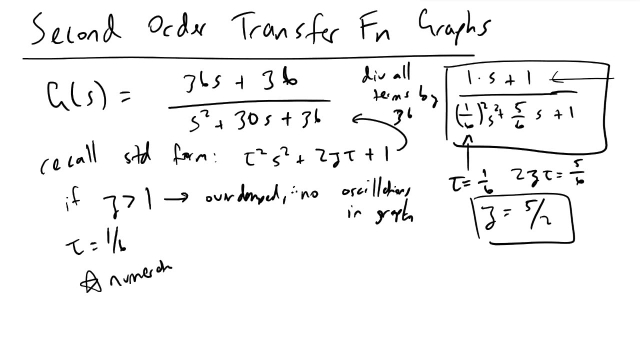
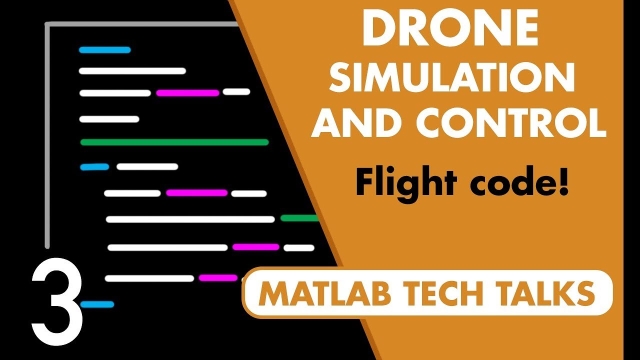

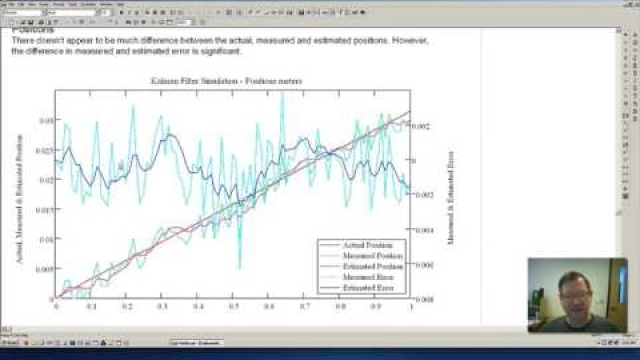
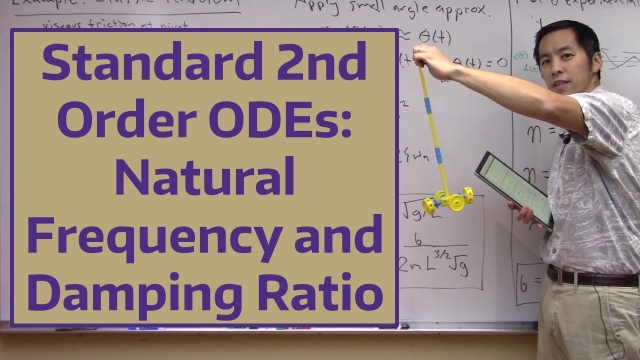
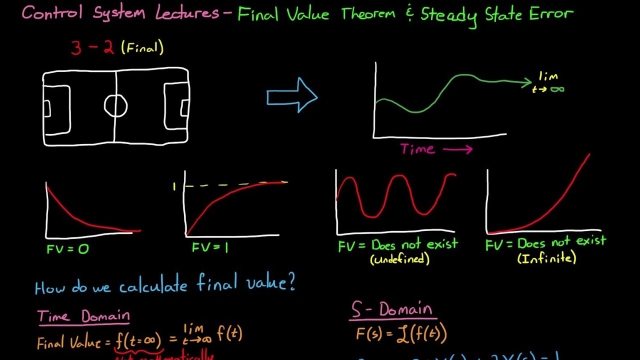
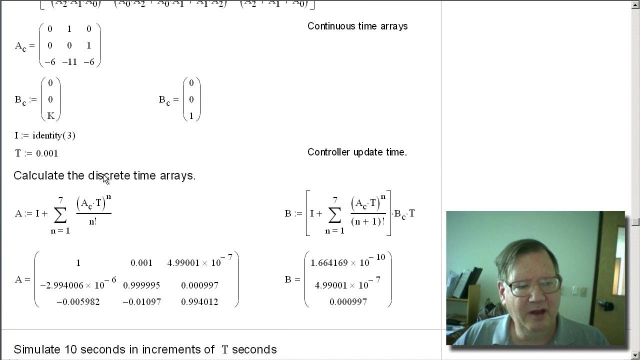
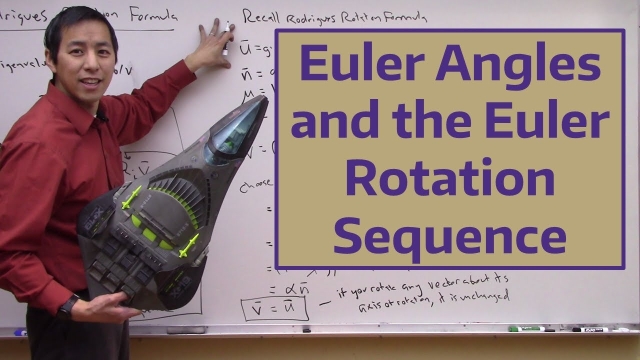
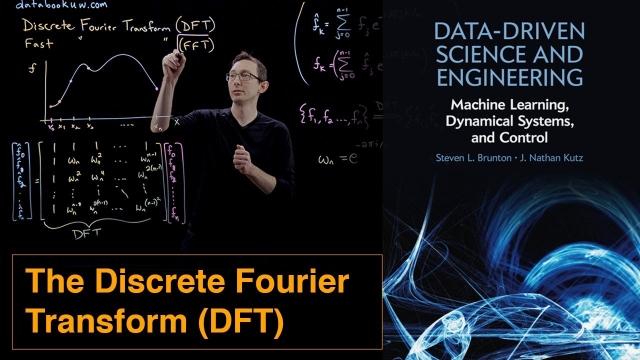
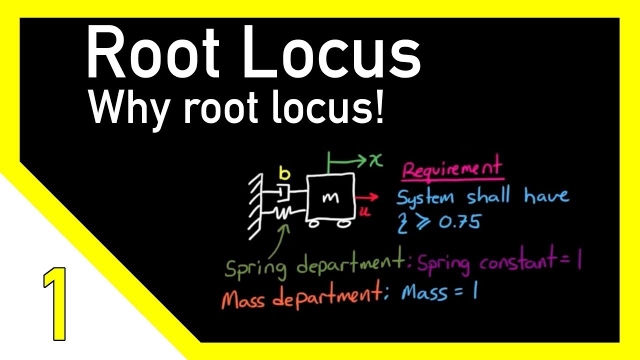
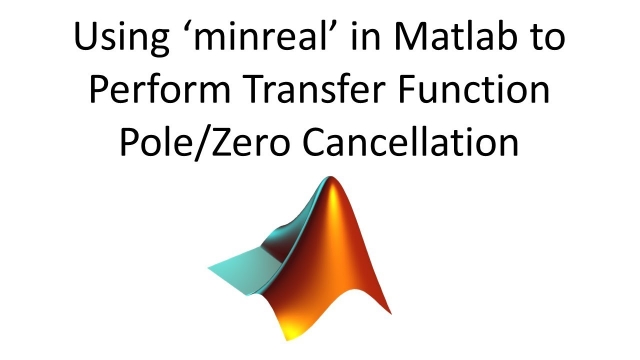
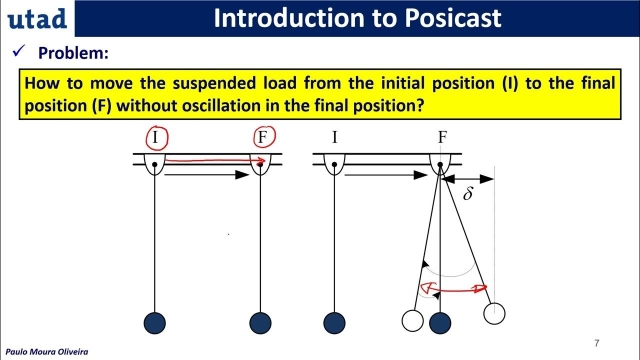
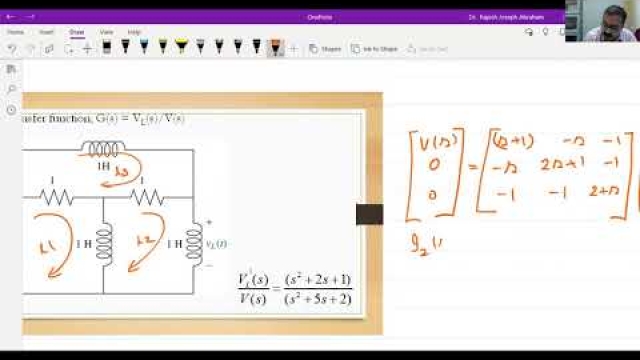
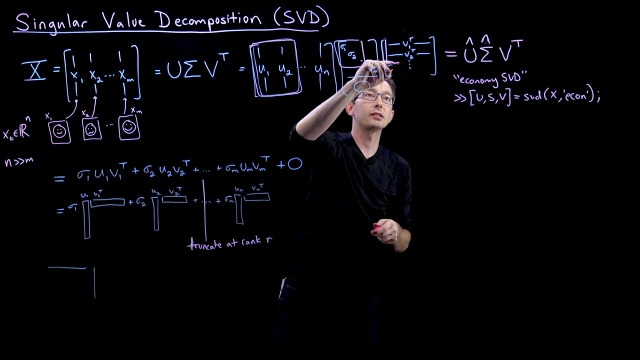
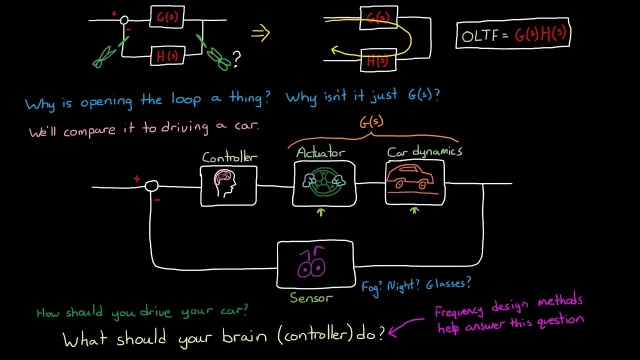

![SVD: Importance of Alignment [Python]](/sites/default/files/styles/search_resulkts/public/2020-12/maxresdefault_422.jpg?itok=Ix4uqD1g)
